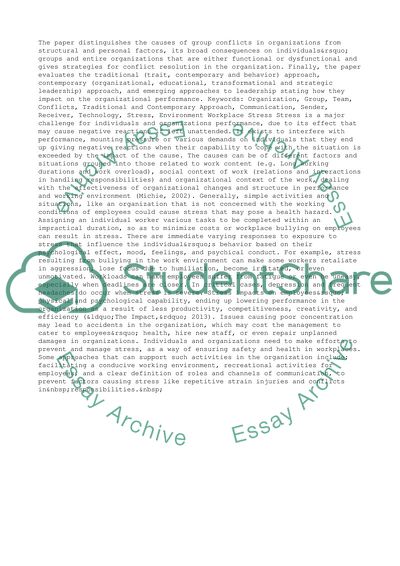Cite this document
(An Educational Leadership Framework Term Paper Example | Topics and Well Written Essays - 2000 words - 1, n.d.)
An Educational Leadership Framework Term Paper Example | Topics and Well Written Essays - 2000 words - 1. Retrieved from https://studentshare.org/management/1479786-leadership-teambuilding-and-communication
An Educational Leadership Framework Term Paper Example | Topics and Well Written Essays - 2000 words - 1. Retrieved from https://studentshare.org/management/1479786-leadership-teambuilding-and-communication
(An Educational Leadership Framework Term Paper Example | Topics and Well Written Essays - 2000 Words - 1)
An Educational Leadership Framework Term Paper Example | Topics and Well Written Essays - 2000 Words - 1. https://studentshare.org/management/1479786-leadership-teambuilding-and-communication.
An Educational Leadership Framework Term Paper Example | Topics and Well Written Essays - 2000 Words - 1. https://studentshare.org/management/1479786-leadership-teambuilding-and-communication.
“An Educational Leadership Framework Term Paper Example | Topics and Well Written Essays - 2000 Words - 1”, n.d. https://studentshare.org/management/1479786-leadership-teambuilding-and-communication.


